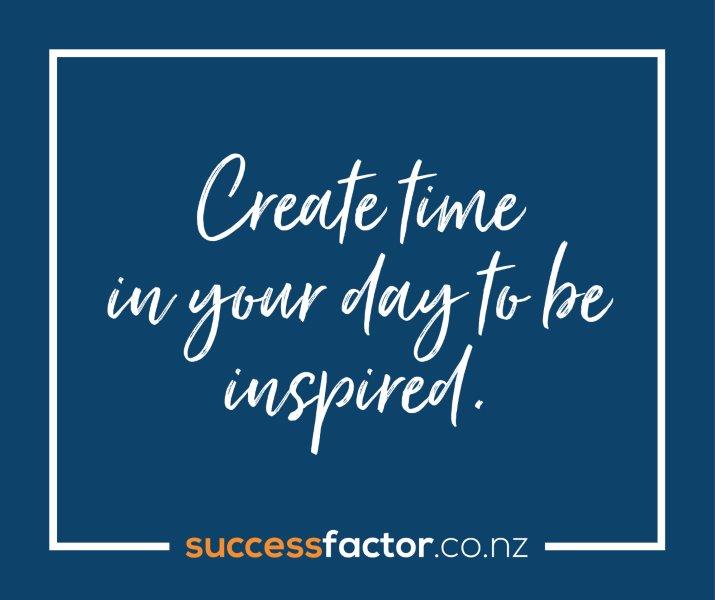
Did I really use the word creative and goals in the heading for this week’s Wednesday Wake-Up!?
I did, and it was intentional. We can be great goal planners and be creative about what we set, when for, how we do it as well as being mindful of challenges along the way.
I use a great template called The Great Goal Planner, which is among many templates I use for and with clients to help determine obstacles and identify or consider solutions to tackle or fix these.
The more we really dig deep to ensure we aren’t just making a wish list which isn’t SMART (specific, measurable, achievable, realistic and timebound).
What should a great goal planner consider when setting goals?
We should first start using the creative side of our brain and our thinking so we are thinking outside the square or outside the box, otherwise we won’t grow as much and may hamper ourselves by not achieving as much as we have potential to do.
Once the goal is set, we need to identify what the benefits are from achieving it or them, are. We are more likely to achieve our goals if there is something in it for us, an emotional benefit. Something that will keep us motivated at the difficult times, particularly when those challenges and obstacles hit us, which they will.
Being very specific and clear about the benefits will give us a much better chance. Consider the ‘feel good factor’ and try and be very detailed with this, digging into your emotions so you can refer to this when you need to.
The next step is determining the potential obstacles, risks, challenges or losses. The things you want to avoid as much as possible that may hinder you from the steps you need to take to work towards your goal. It’s a bit like undertaking a risk assessment in a way. Identifying the pitfalls or where you would be if you stood still and avoided achieving the goal.
We can create a clear picture of what that loss looks like and feels like. Once again, a great visual to remind ourselves that achieving the goal will be beneficial for us.
We then need to look at the possible solutions. What can we do to fix the potential problem that may occur or is very likely to occur. This may be something tangible or it may be something less tangible like lack of motivation. It’s important to ensure there is a solution for every obstacle or risk so we have considered all the inevitabilities we can think of.
The final step is to develop the specific actions, tasks, or steps to achieve your goal. Breaking these down into manageable bites makes it feel less daunting, less overwhelming and much easier to achieve. Having a date against each one of these with a time length for each one means we can ensure we can do this on any given day or date.
To keep us motivated and to keep us on track, note down when each one of these is completed. That great feeling of ticking a box or scoring something out is a great feeling and generates positivity, confidence and increases our self-motivation.
If you want to be a creative goal planner, try following the steps above and see how you get on, and if you feel you are struggling, why don’t you consider having an accountability buddy to work with to enable you to do this.
Ask about the Success Factor one-hour complimentary consultation today.
Want to improve your communication and reduce or remove conflict?
Why not complete the iMA Questionnaire and see what colour you are? http://successfactor-ima.com/questionnaire.html
To find out more email Debs on: debs@successfactor.co.nz
Subscribe to Success Factor Wednesday Wake-Up: www.successfactor.co.nz
#successfactor
